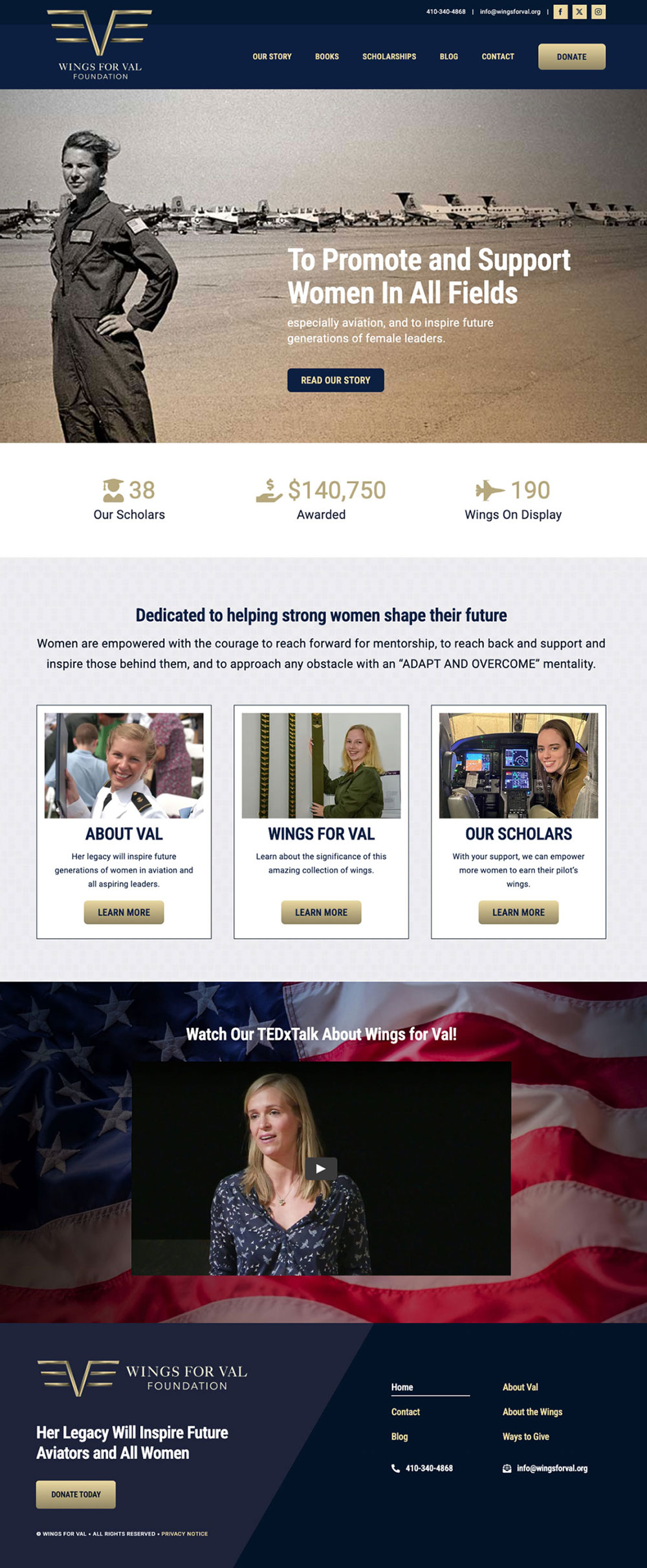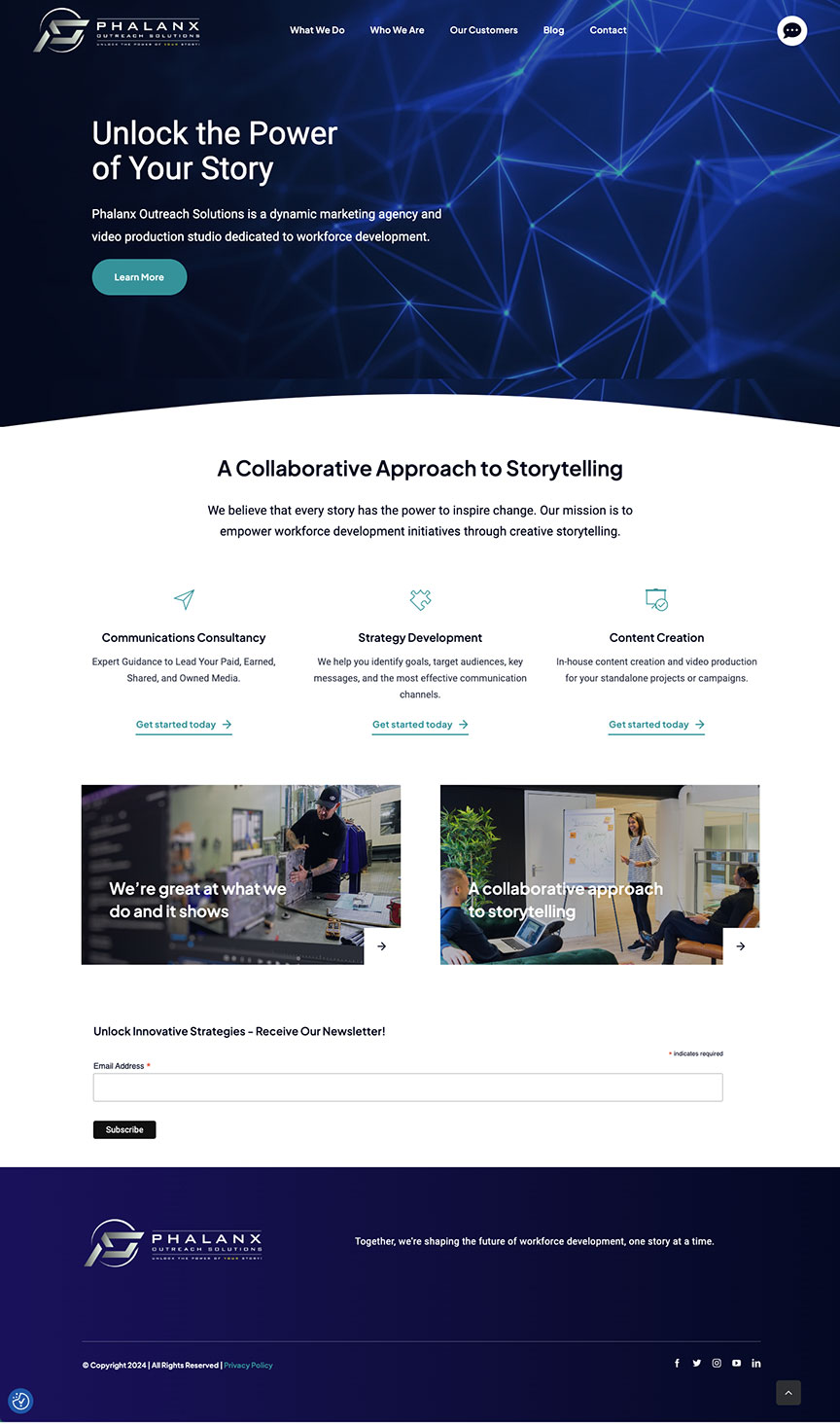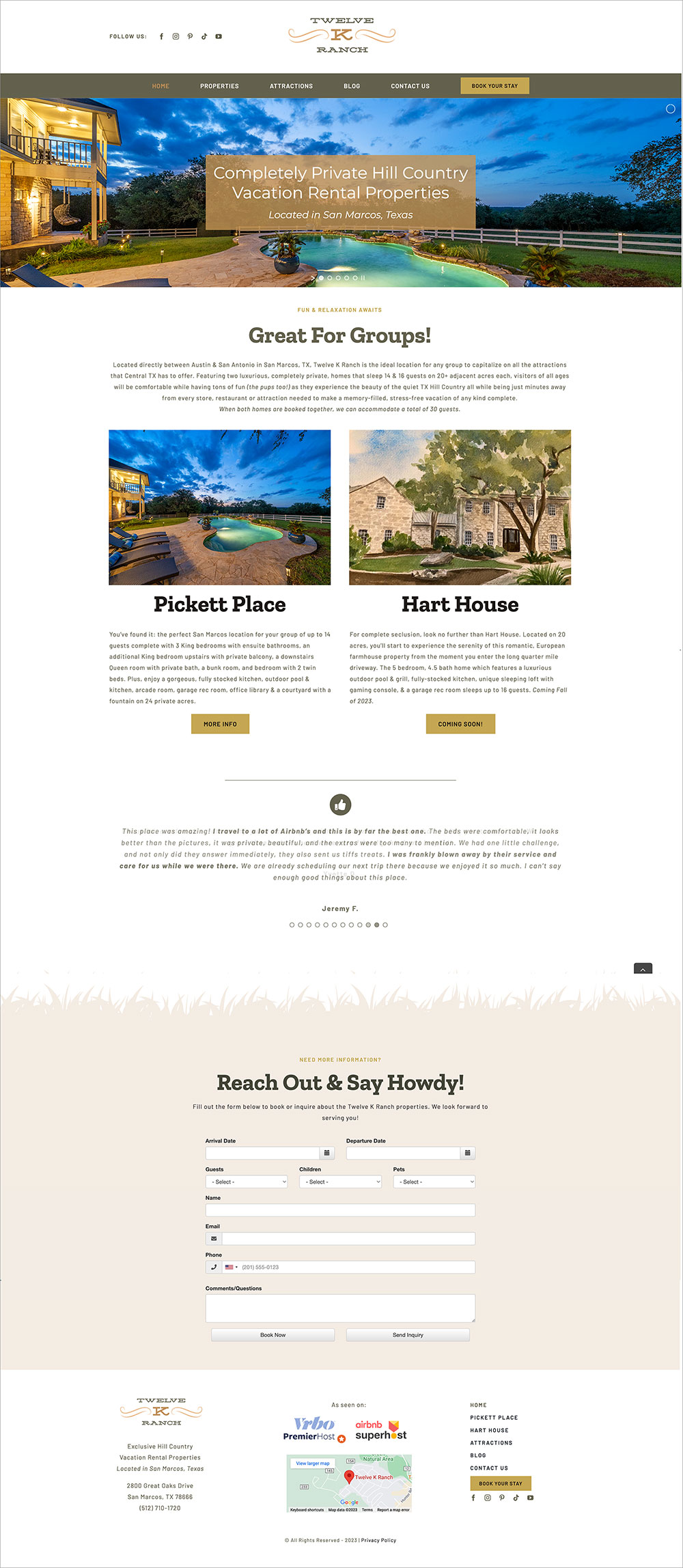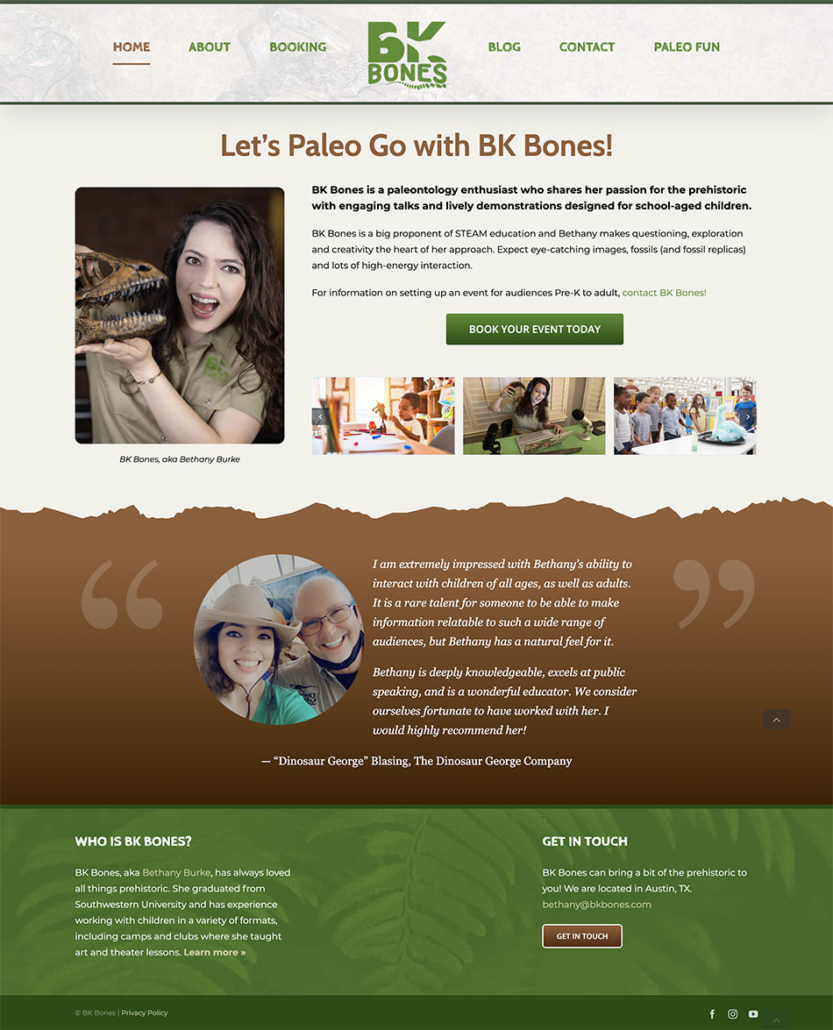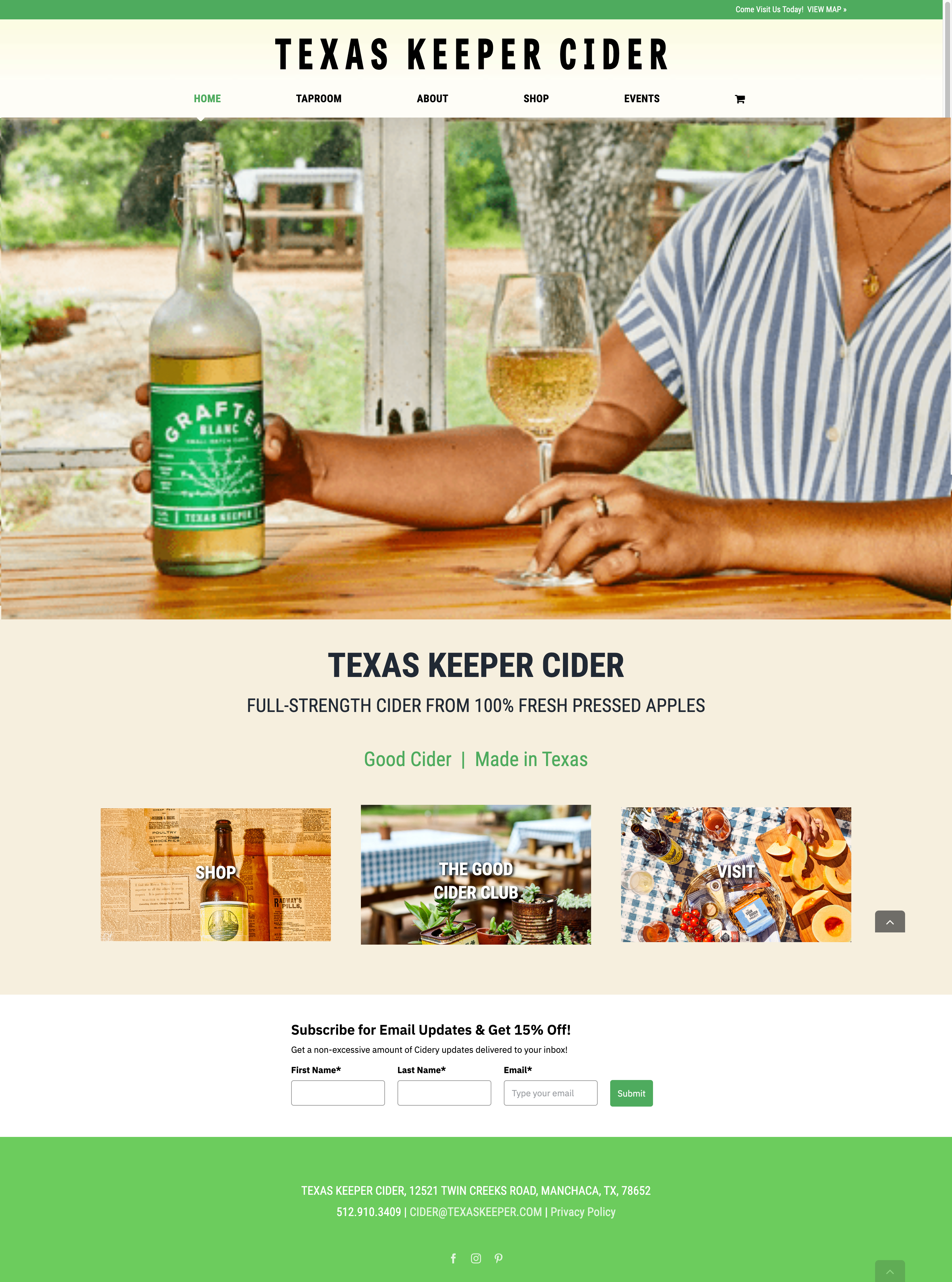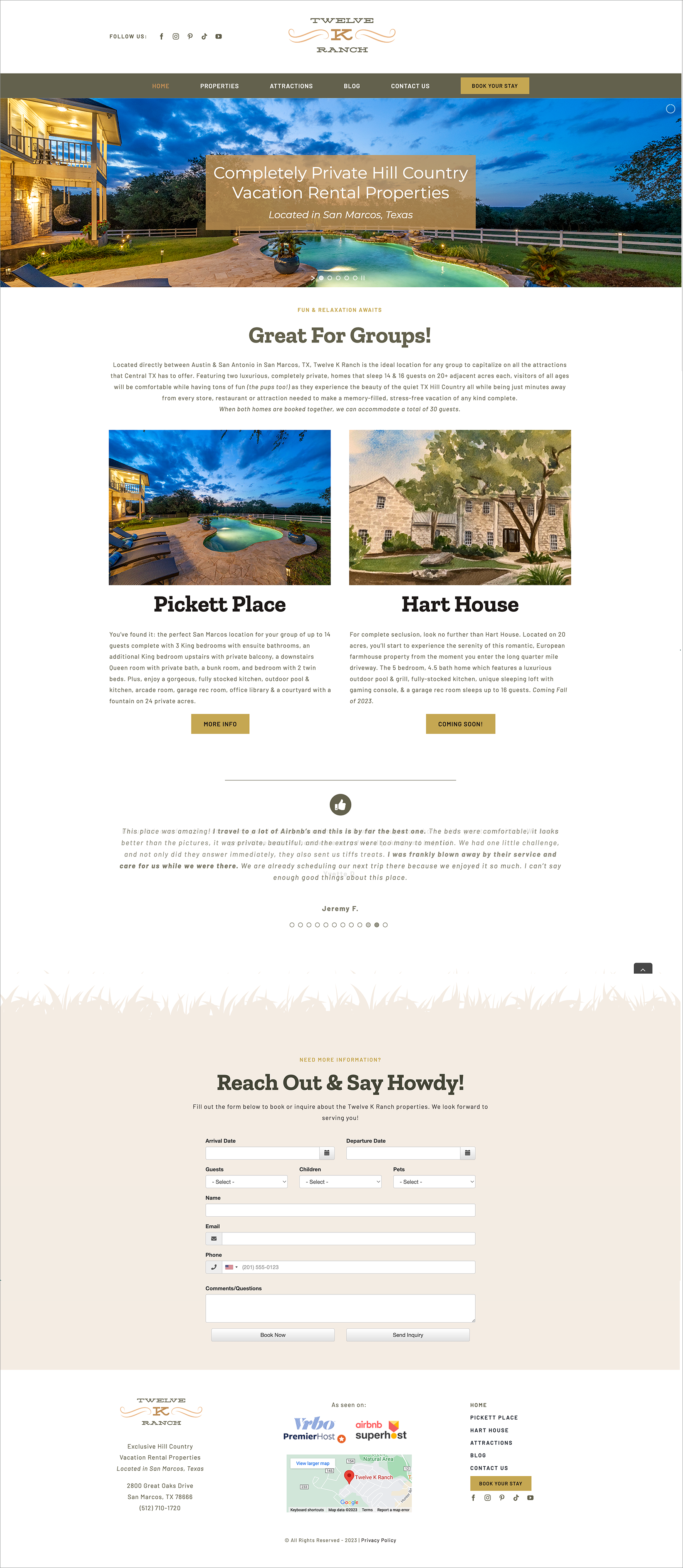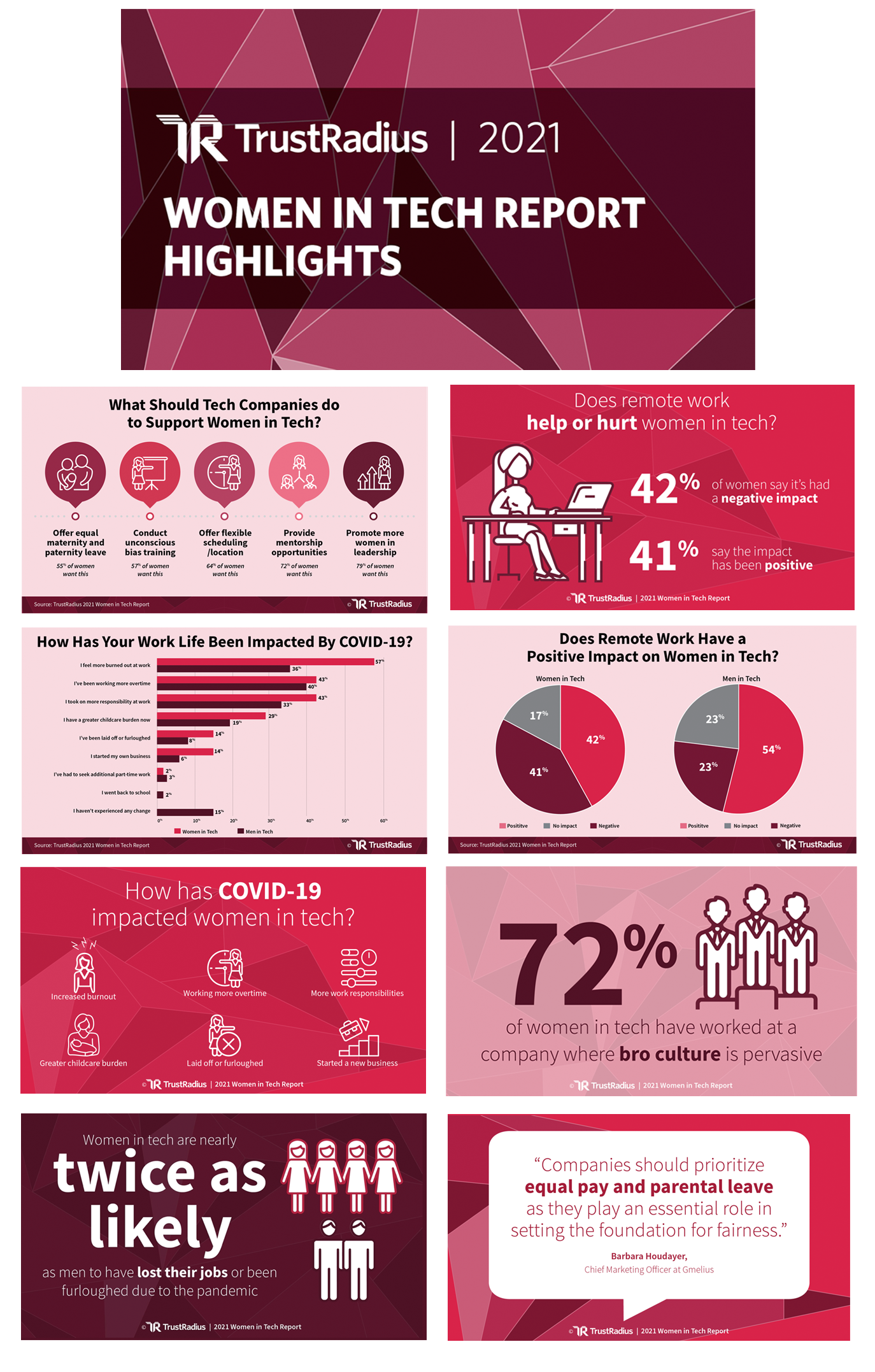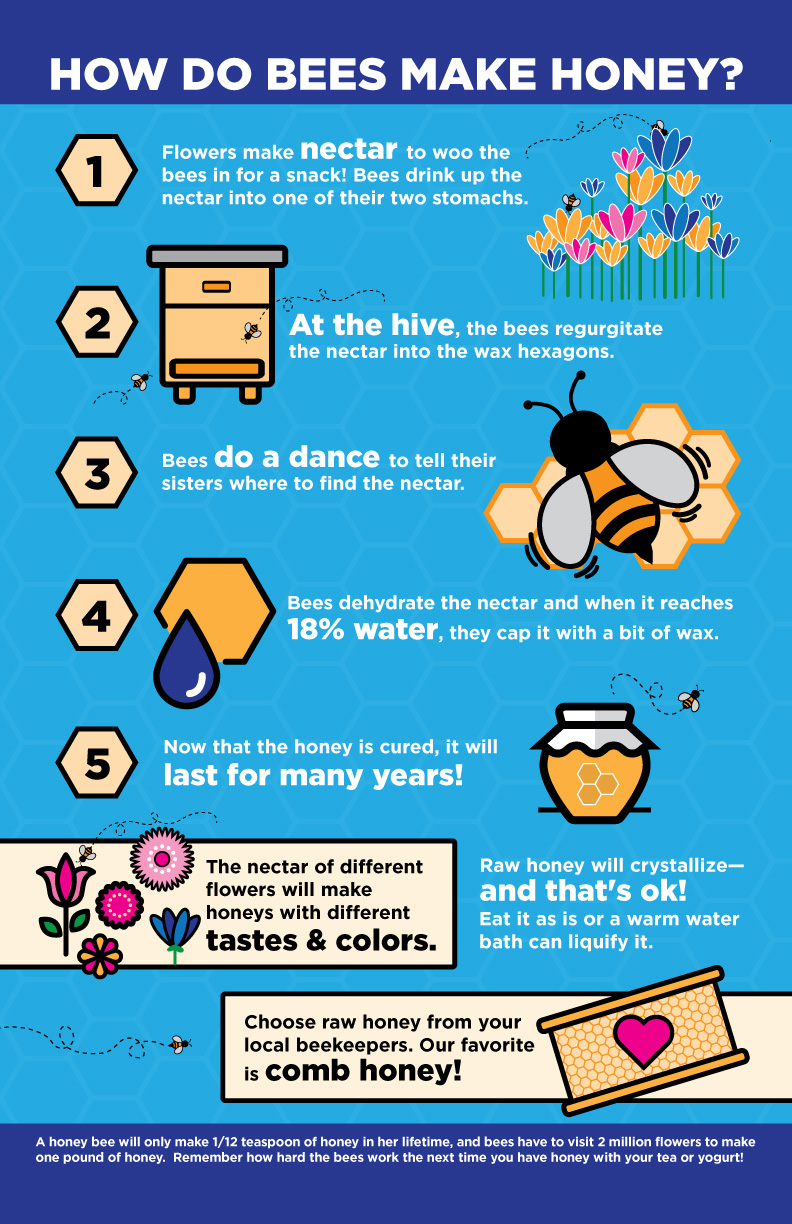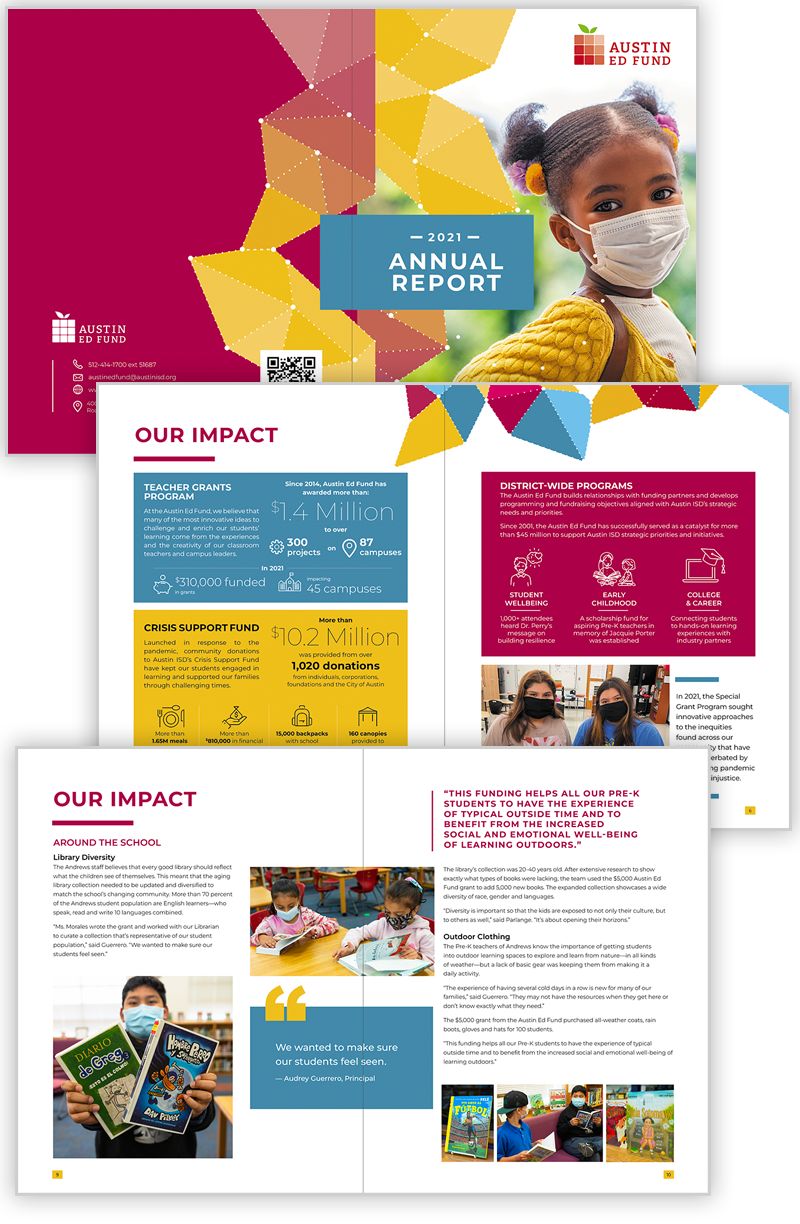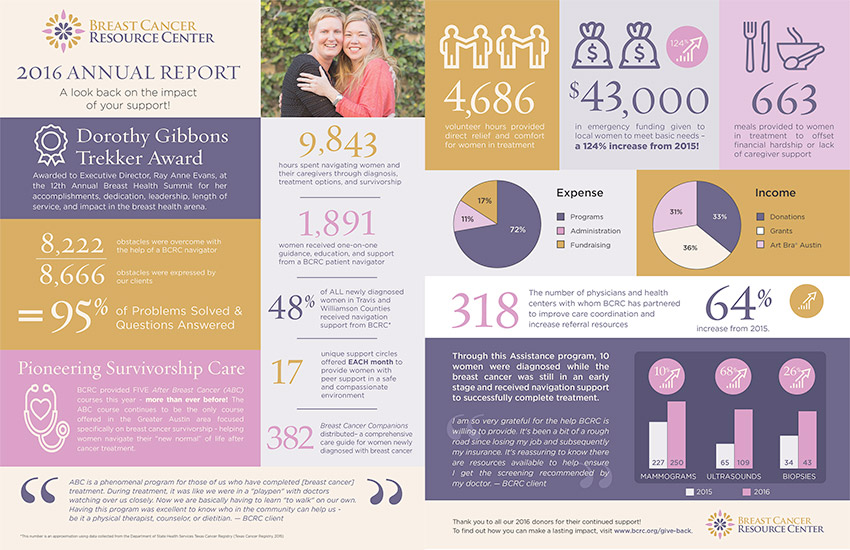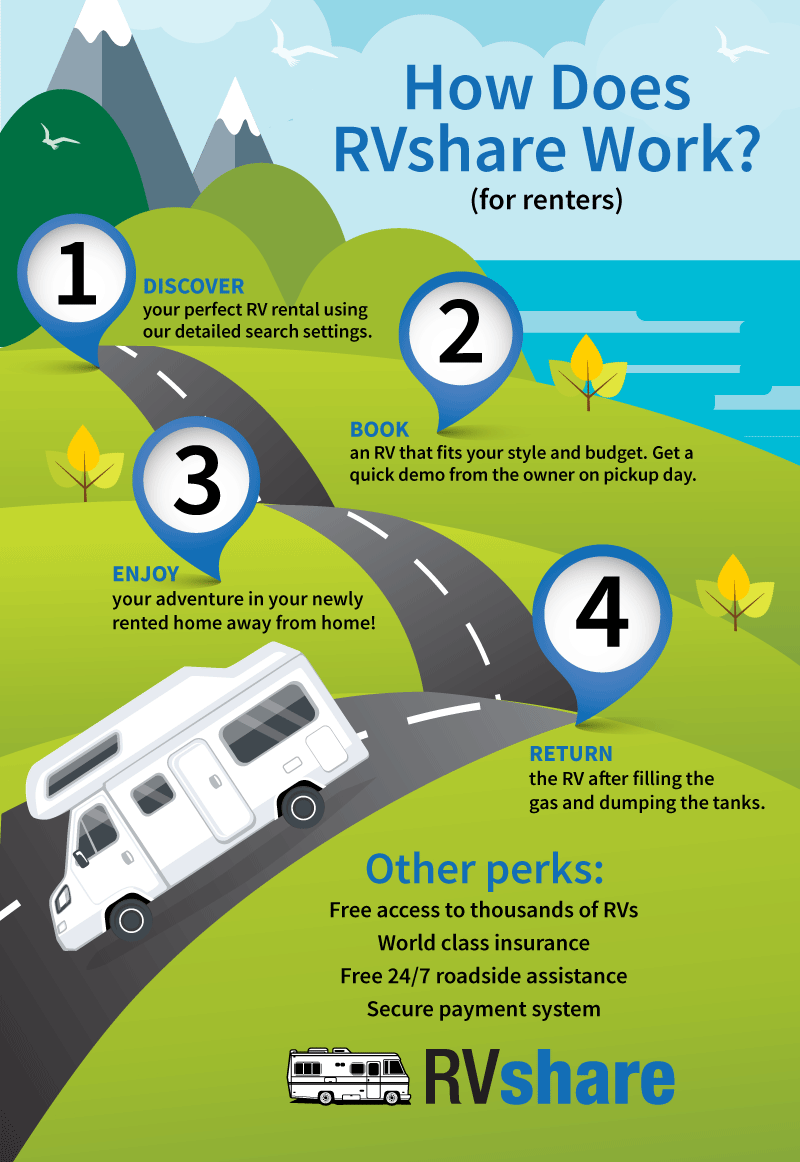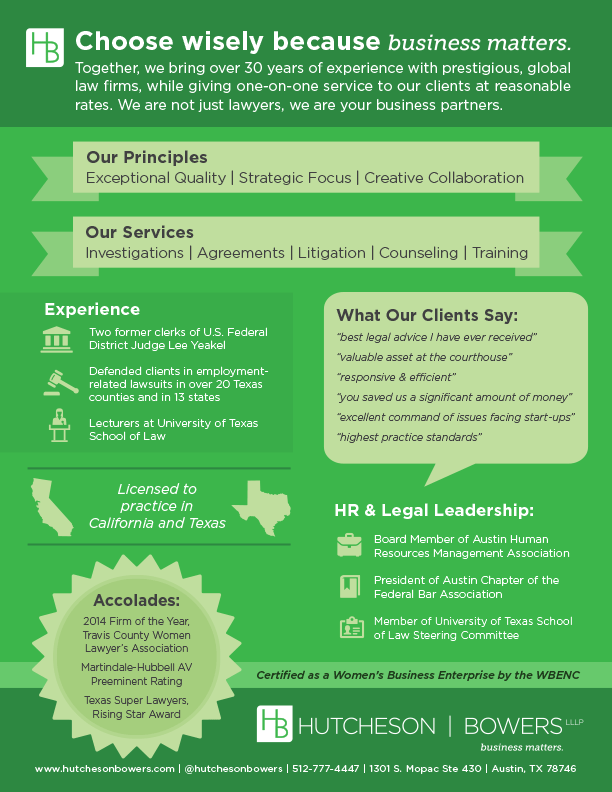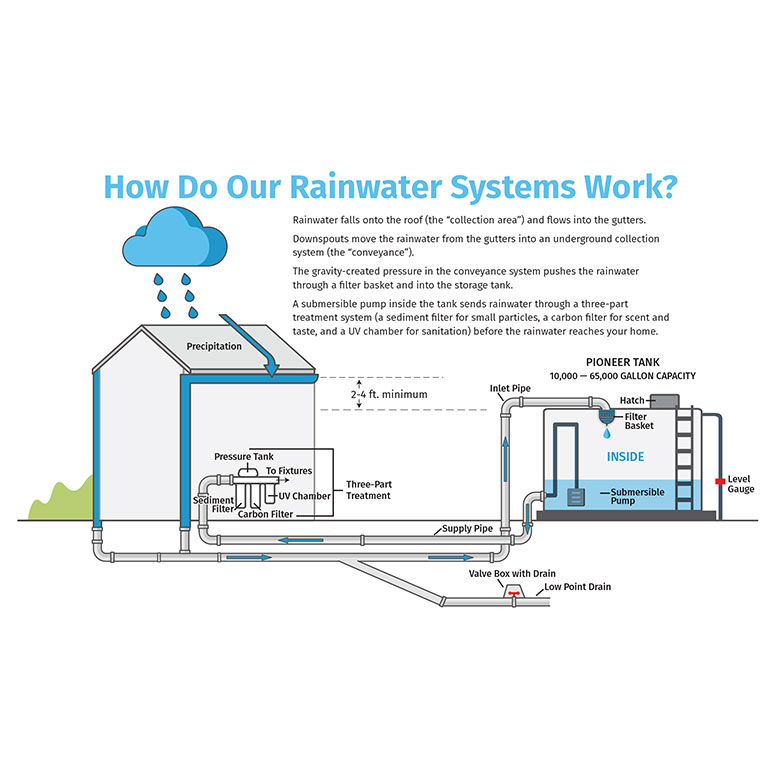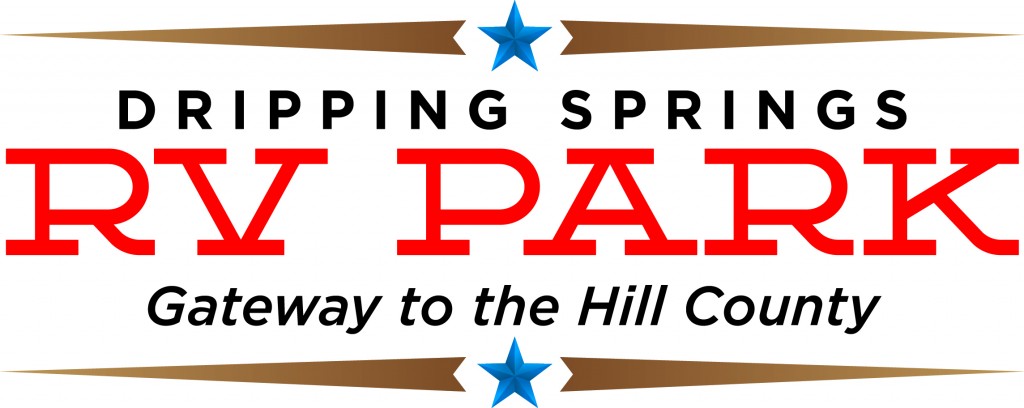Maximizing Outreach and Engagement for Your Non-Profit Through Effective Website Design
A well-designed website is more than a digital brochure; it’s a powerful tool that can significantly amplify the mission and impact of your non-profit organization. Whether you’re seeking to attract donors, inspire volunteers, or provide vital information to the communities you serve, your website is often the first impression people will have of your cause.
In this blog post, we’ll explore how non-profit organizations can maximize outreach and engagement through strategic and effective website design, focusing on Purpose, Strategy, and Conversion with special attention to mobile-first approaches, accessibility, and the strengths of WordPress.

1. Purpose: Clarifying your Mission and Connecting with Visitors
At the heart of every successful non-profit website design lies a clear sense of purpose. Your website should act as a digital extension of your mission, clearly communicating what you do, who you serve, and how others can get involved.
Tell a Compelling Story
Your homepage should instantly reflect your organization’s values. Use powerful imagery, emotional storytelling, and real-world impact to humanize your work. Visitors should leave with a sense of your mission, even if they only spend 30 seconds on the site.
Keep Navigation Intuitive
Purpose is also served through usability. A clear, well-organized menu structure ensures visitors don’t get lost. Group content logically—such as “About Us,” “Our Impact,” “Get Involved,” and “Donate”—so users can find what they need without friction.
Make It Easy to Act
Whether someone wants to donate, sign up for your newsletter, or attend an event, every page should subtly (and sometimes directly) guide them toward these actions. This sets the stage for higher engagement and conversion.
2. Strategy: Designing with Users and Technology in Mind
With your purpose clear, the next step is crafting a website strategy that serves both your mission and your visitors. Modern non-profit website design is about accessibility, responsiveness, and content that creates an emotional connection with your visitors.
Embrace Mobile-First Design for Your Non-Profit
Over 60% of global web traffic comes from mobile devices. A mobile-first design for your non-profit ensures that your site is not only viewable but also functional on smartphones and tablets. This means:
- Buttons are large and tappable
- Text is legible without zooming
- Pages load quickly on cellular networks
- Navigation is intuitive on small screens
A mobile-first approach doesn’t just future-proof your site…it also boosts your SEO and keeps users from bouncing due to poor experience.
Prioritize Accessibility Design Using WordPress
Inclusivity is non-negotiable. Ensuring your website is accessible to users with disabilities expands your reach and aligns with ethical web design practices.
Using accessibility design in WordPress, you can:
- Choose themes that are WCAG-compliant
- Ensure keyboard navigation is seamless
- Add alternative text to all images
- Maintain proper color contrast for readability
- Include ARIA labels for screen readers
WordPress also offers plugins and tools like WP Accessibility and Accessibility Checker to make continuous accessibility improvements easy and scalable.
Use Visual Hierarchy and Content Strategy
Strategic design isn’t just about layout; it’s about what information you present and how. Use clear headers, bullet points, and visual cues to guide readers through your content. Embed calls to action (CTAs) within the flow of storytelling rather than only at the bottom of pages.
3. Conversion: Turning Visitors into Supporters
Once your website has captured attention and guided users through a meaningful experience, the next goal is conversion. In a non-profit context, that means motivating people to donate, volunteer, advocate, or share.
Clear, Repeated Calls to Action
Strategically place CTAs throughout your site. A “Donate” button in the top navigation should follow the user throughout their visit. Embed CTA blocks within blog posts, impact stories, and even your footer to make taking action seamless.
Optimize Donation Pages
Keep donation forms simple and mobile-friendly. Offer preset donation amounts, and consider including impact statements (e.g., “$25 provides school supplies for one child for a month”) to emotionally connect giving with tangible results.
Use trusted payment processors and highlight security measures to increase donor confidence.
Build Trust with Transparency
Feature testimonials, financial reports, success stories, and partner logos to build credibility. Donors are more likely to give—and volunteers are more likely to engage—when they see your organization is trustworthy and effective.
Final Thoughts
Effective non-profit website design is not about aesthetics alone—it’s about aligning your digital presence with your mission and giving visitors a compelling reason to engage.
By focusing on:
- Purpose: Clearly sharing your mission and values
- Strategy: Prioritizing user experience through mobile-first design and accessibility design using WordPress
- Conversion: Making it easy and compelling for visitors to take action
…you’ll be well on your way to creating a website that doesn’t just inform—it inspires.
If your non-profit is ready to redesign or optimize its website, we’d love to help. Reach out today to start a conversation about how we can build a mission-driven website that works as hard as you do.



